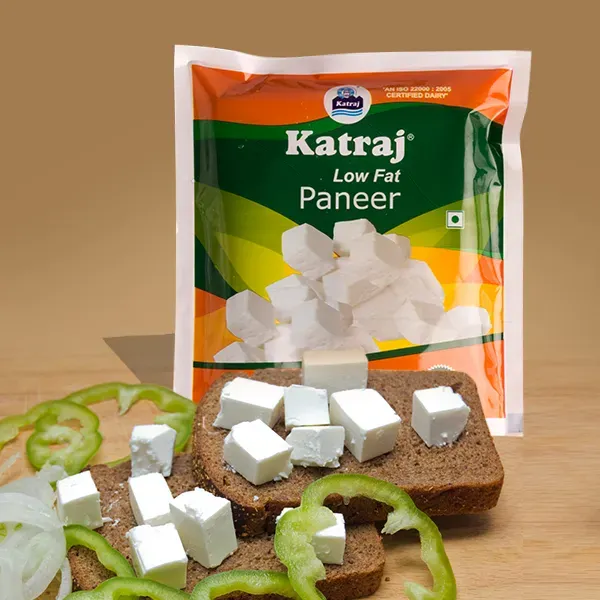Table of Contents
Let's face it, sometimes we want that creamy, satisfying bite of paneer without feeling like we've just consumed a small dairy farm's entire output of butterfat. Traditional paneer, while delicious, can pack a serious caloric punch. But what if you could enjoy this versatile cheese while keeping things lighter? Good news: you absolutely can. Making paneer from low fat milk is not some culinary myth; it's a practical reality that delivers on protein without the excessive fat. Forget the bland, rubbery versions you might have encountered. Homemade low-fat paneer, when done right, holds its own. This guide isn't about deprivation; it's about smart choices and getting more bang for your nutritional buck. We'll walk you through why opting for paneer from low fat milk makes sense, exactly what you need, a straightforward process to make it yourself, and some surprisingly good ways to use your healthy creation. Get ready to rethink your relationship with this Indian cheese staple.
Why Choose Paneer From Low Fat Milk?
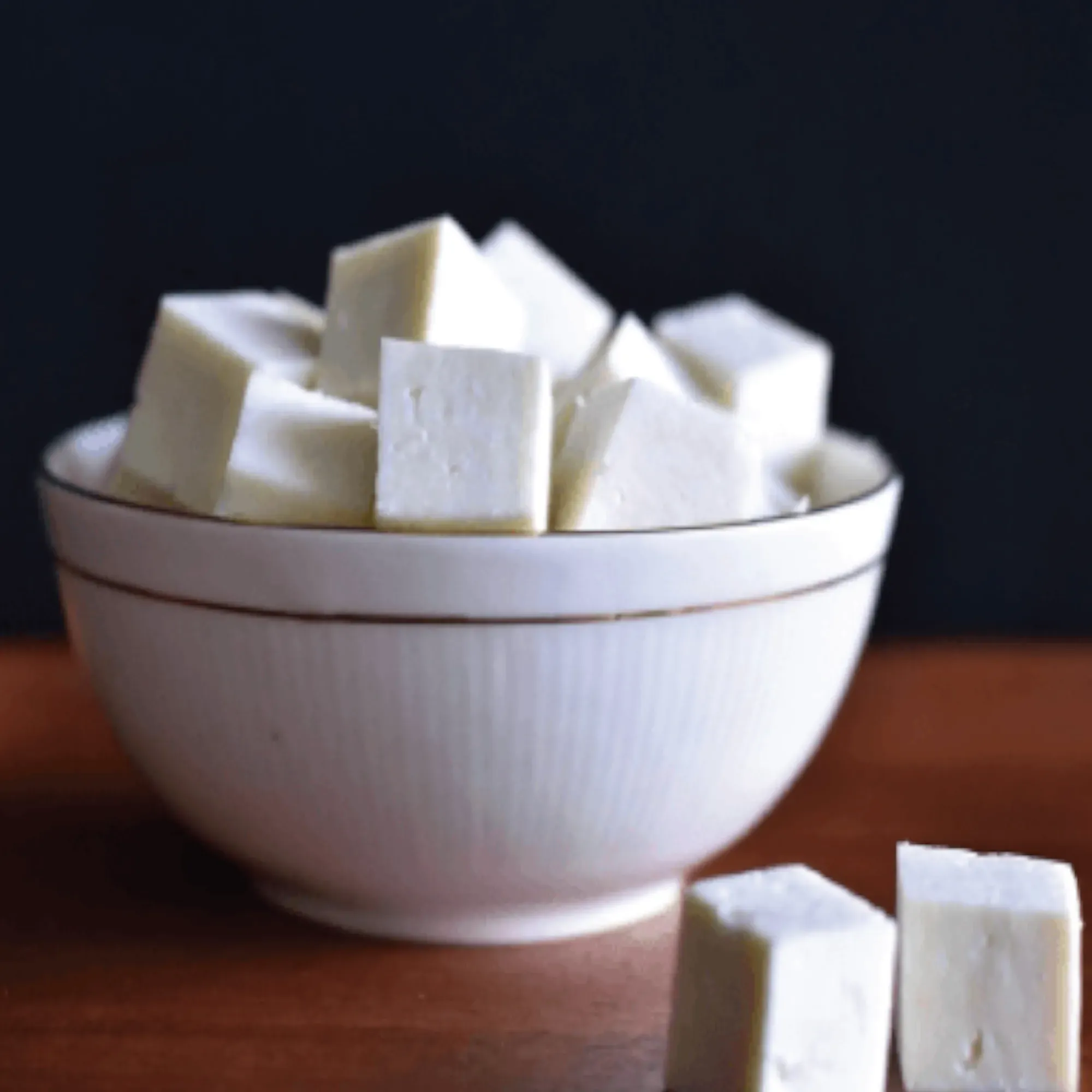
Why Choose Paneer From Low Fat Milk?
So, you're wondering, "Why Choose Paneer From Low Fat Milk?" Look, we both know the struggle: you want that protein hit, that satisfying texture in your curry or scramble, but maybe your doctor's been giving you the look about saturated fat, or you're just trying to lighten things up a bit. Regular paneer, while amazing, is made from full-fat milk, which means a significant amount of fat comes along with the protein. Using low-fat milk cuts down on that fat considerably without sacrificing the protein content much. It's a straightforward swap that makes your favorite paneer dishes a bit healthier, perfect if you're managing weight, cholesterol, or just aiming for a more balanced diet. It's about making a conscious choice that aligns with health goals while still enjoying the food you love.
Gather Your Ingredients: Making Paneer From Low Fat Milk
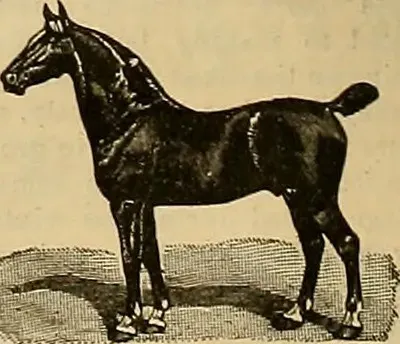
Gather Your Ingredients: Making Paneer From Low Fat Milk
Alright, so you're sold on the idea of making paneer from low fat milk. Excellent choice. Now, let's talk about what you actually need to get this done. It's surprisingly simple; you likely have most of this stuff hanging around your kitchen already. The star of the show, obviously, is the low-fat milk. Grab a couple of liters. The lower the fat percentage, the less yield you'll get, but that's the point, right? You'll also need an acid to curdle the milk. Lemon juice or white vinegar are the most common and easiest to find. You'll need a fine-mesh strainer or colander, some cheesecloth (or a clean, thin cotton cloth), a heavy object for pressing (like a stack of books or a cutting board with something heavy on it), and a pot large enough to boil the milk without it making a break for the stovetop.
StepbyStep: Turning Milk into Delicious LowFat Paneer
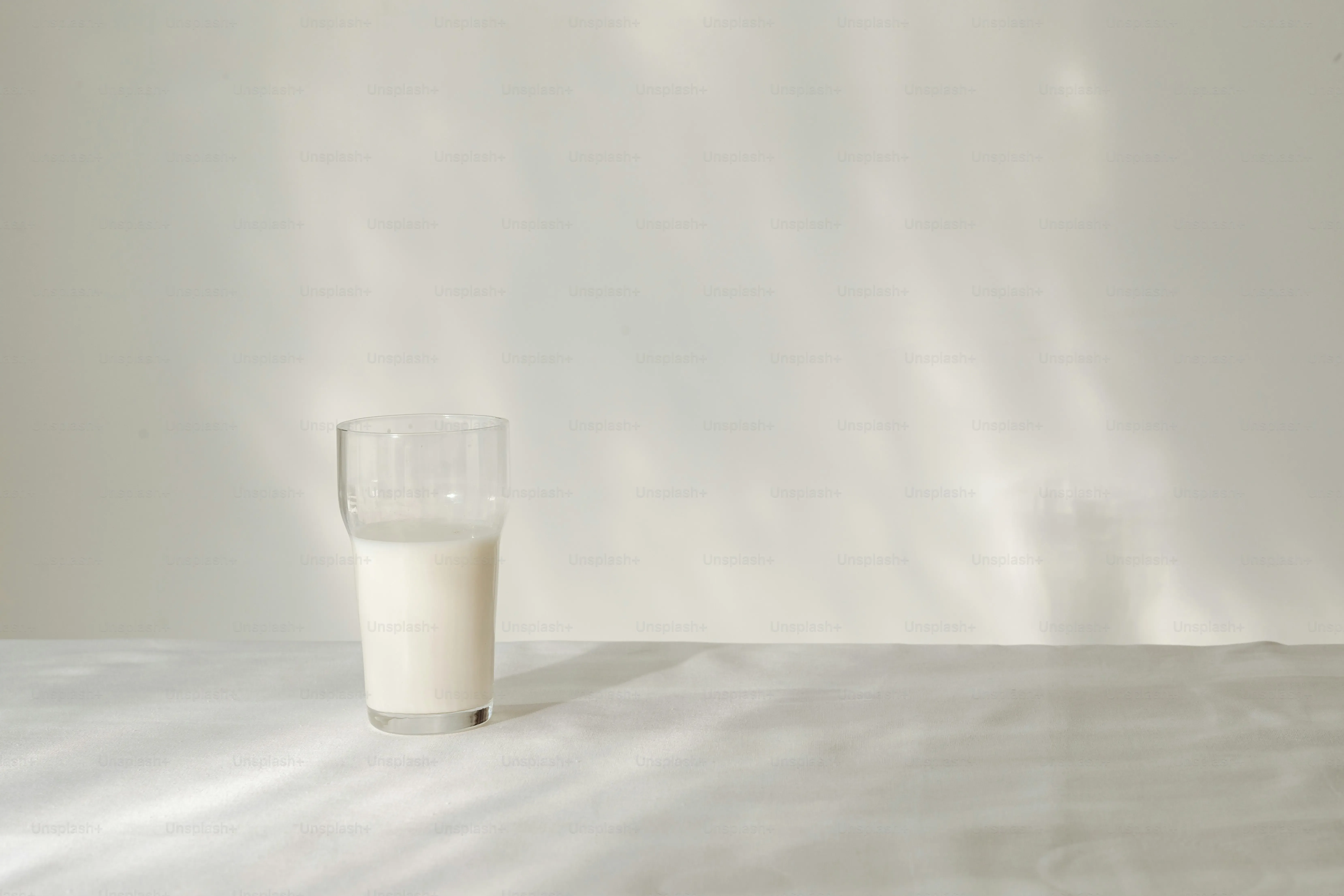
StepbyStep: Turning Milk into Delicious LowFat Paneer
so you've got your low-fat milk and your acid ready to go. This is where the magic, or rather, the basic chemistry, happens. Pour the milk into your pot and heat it over medium heat. Stir it occasionally so it doesn't scorch on the bottom – nobody wants burnt milk smell lingering for days. Once the milk comes to a rolling boil, turn off the heat immediately. Now, grab your lemon juice or vinegar and slowly add it to the hot milk, stirring gently. You should see the milk start to separate into greenish whey and solid white curds almost instantly. If it doesn't separate completely, add another teaspoon of acid and stir again. Don't go crazy with the acid; too much can make the paneer tough.
Cooking with LowFat Paneer: Recipes and Ideas
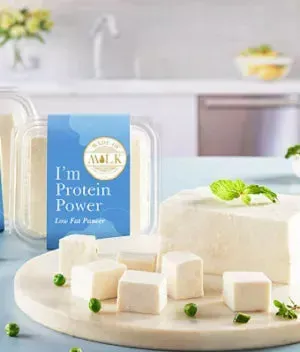
Cooking with LowFat Paneer: Recipes and Ideas
Adapting Your Go-To Dishes
so you've successfully made your batch of paneer from low fat milk. Now what? You might be wondering if it behaves the same way as the full-fat stuff in your favorite recipes. For the most part, yes, it does. It still holds its shape beautifully when cooked, which is one of paneer's superpowers. It won't melt into oblivion like some other cheeses. The main difference you might notice is a slightly less creamy mouthfeel, which is expected when you've removed a chunk of the fat. Don't deep fry it expecting the same result; it tends to get a bit chewier. Think baking, grilling, stirring into curries, or scrambling. It absorbs flavors like a champ, so your spices and sauces will still be the stars.
Beyond the Usual Curry: Fresh Ideas
While palak paneer or paneer butter masala are classics for a reason, low-fat paneer opens up possibilities for lighter meals. Cube it and toss it into a mixed vegetable stir-fry for a protein boost. Crumble it into scrambled eggs or a breakfast burrito for a savory twist. Marinate cubes in yogurt and spices, then grill or pan-fry them for a quick snack or appetizer. It's fantastic in salads, adding substance without weighing you down. Think of it as a blank canvas ready to soak up marinades or mingle with fresh veggies. My personal favorite? Grated low-fat paneer mixed with some chopped mint, cilantro, and a pinch of salt, then stuffed into whole wheat parathas. Simple, satisfying, and doesn't require a nap afterward.
- Paneer Bhurji (scrambled paneer)
- Grilled Paneer Tikka (marinated and grilled)
- Paneer and Vegetable Skewers
- Adding to Pulao or Fried Rice
- Using in Wraps or Sandwiches
The Final Curd on Low-Fat Paneer
So there you have it. Making paneer from low fat milk isn't rocket science, and it certainly isn't about sacrificing flavor or texture entirely. What you get is a solid source of protein that fits into a range of dietary needs, whether you're counting macros, managing blood sugar, or just trying to eat a bit lighter. It's a practical swap that opens up possibilities for enjoying your favorite Indian dishes, or even experimenting with new ones, without the usual fat load. Give it a shot; the results are likely better than you expect, and frankly, it's pretty satisfying to make your own cheese.
